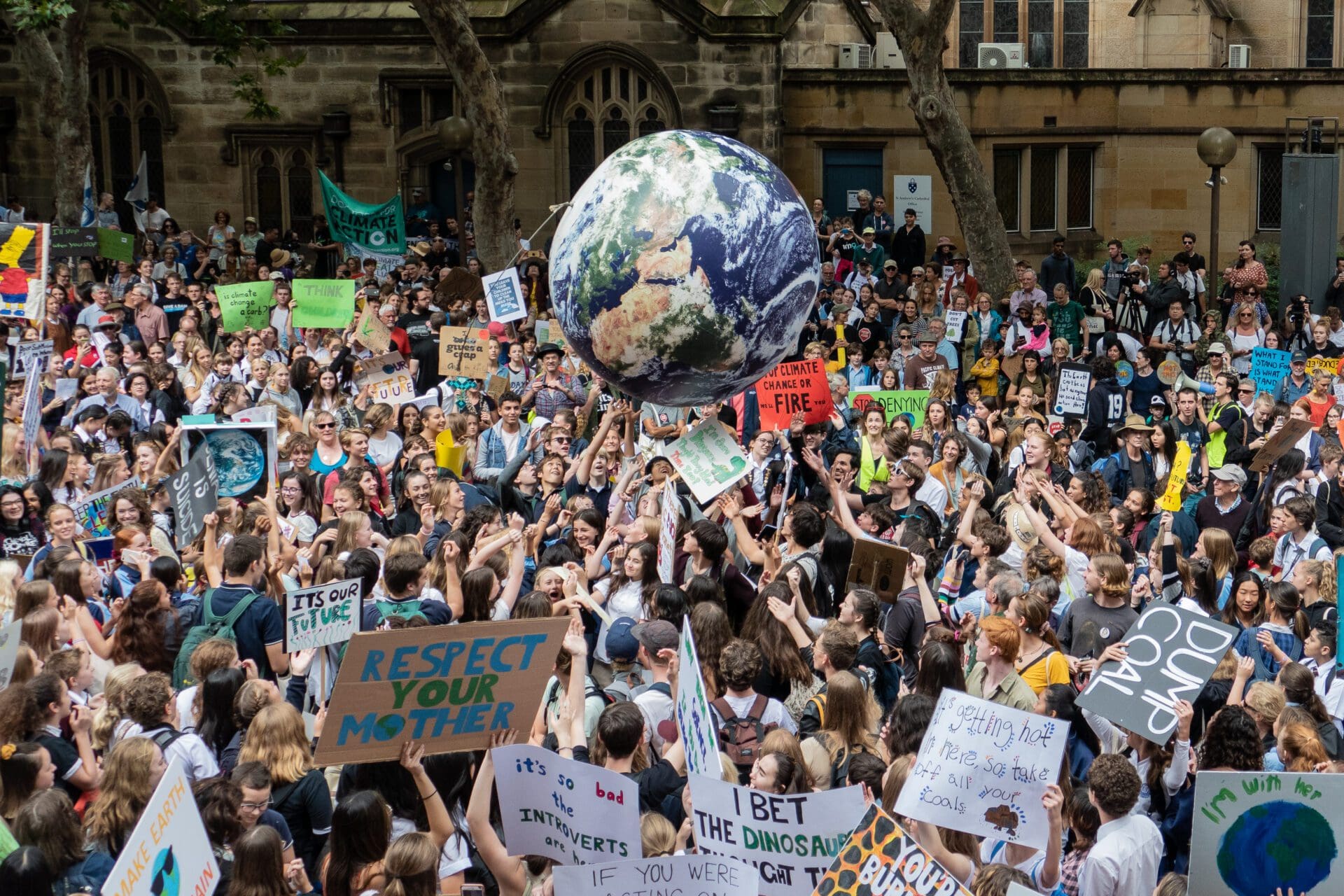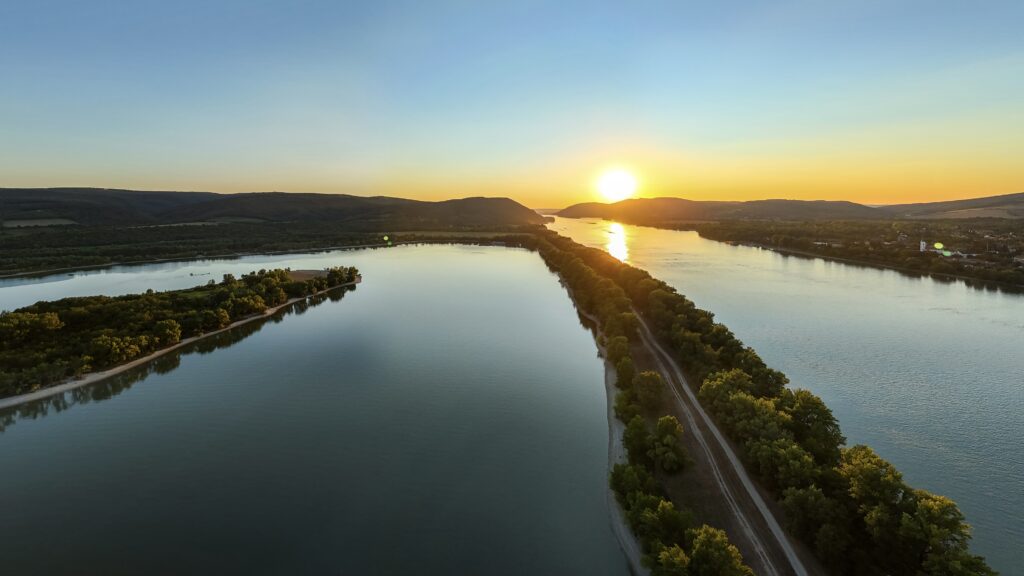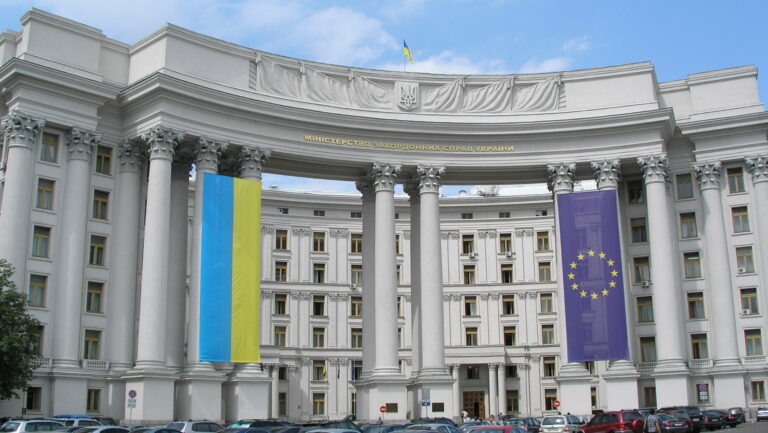In their quest for public attention, radical green activists are resorting to crossing the moral red line—which may have profound consequences. It is an attempt at a regime change in green activism?
Over the past few months, green activism has been intensifying. A vigorous type of climate alarmism is emerging, the scope and characteristics of which follow a clear pattern. Brand-new climate activist groups (Just Stop Oil, Letzte Generation, Ultima Generazione) have staged provocative protests in European museums, targeting iconic masterpieces of world-famous painters. The new wave of rioters smeared the paintings with food (including with mashed potatoes, tomatoes and cakes) and even glued themselves to the targeted work of art. Although this unprecedented, radical form of demonstration against climate change did not leave the paintings of Leonardo, Raphael, Botticelli, Vermeer, Monet, Van Gogh, Toulouse-Lautrec or Picasso intact, all the assaulted cultural relics luckily suffered only minor or no physical damage at all.
Why Target the Classics?
Information noise is so penetrating that in order to make themselves heard, green activists must find new ways of attracting attention. Irrespective of geographical, ideological, social, or any type of differences that normally create heterogeneity between people, the pieces of art that have been attacked enjoy universal admiration and worldwide reputation. These paintings are a canonized, organic part of our global, common cultural heritage, which makes them perfect targets for green radicals. The more people are familiar with the paintings, the more attention the activists can hope for.

Wokeism is also part of the story. Questioning consensual values and challenging the historical or cultural establishment is a salient attribute of progressivism spreading all over the Western world. Just think of the ferocious attacks against works of art, culture and history, earlier believed to be of consensual value, when the BLM protests broke out in 2020. In the United States, people pulled down or vandalized the statues of George Washington, Ulysses Grant and Thomas Jefferson, formerly the curricular cornerstones of history and culture, taught proudly to every child in the United States. I suggest that the atmosphere created by wokeism, at least to a certain extent, also gave impetus to the green assaults against the masterpieces of acclaimed artists that we are witnessing today.
The involvement of art in green activism can be explained by two post-modern phenomena as well, both of which are connected to social media. On the one hand, the subcultural world of the so-called ‘challenges’, together with ‘trending’, heavily influences the audience, mainly young people.
Doing something risky and unconventional is fashionable nowadays.
On the other hand, if a new format or style works, suddenly, more and more people start to copy it, developing their own versions and trying to raise the stakes. Something very similar can be seen in current environmental activism. Since the activists strive for mainstream media exposure, they act according to this media logic and want to develop a series of dramatized atrocities against the classics of art; they launch a challenge and start a trend.
Why Now?
The circumstances are not favourable for green NGOs, primarily in Europe. In all likelihood, the continent is facing the gravest austerity since World War II. The joint effect of pandemic cautiousness, skyrocketing inflation, fear of war, the energy supply crises and a possible economic recession are putting pressure on EU member states, whose residents of which are now reprioritizing their anxieties. According to the concept of ‘finite pool of worries’, we cannot worry about everything all the time; we worry the most about problems that are more direct and closer to us in time and space. Climate change as an existential fear is rivalled and finally overshadowed by more tangible and actual existential fears, which is also reflected by some empirical information. Based on Eurobarometer data, European respondents about a year ago, in September 2021, considered the fight against climate change as the first and foremost priority to be dealt with. Now, in October 2022, in a repeated survey, the top priority is the fight against poverty and social exclusion, while the climate issue slipped back to fourth place on the list of importance. A fading climate concern inevitably entails the losing significance of those who incessantly and solely address climate issues. From this perspective, green activists’ seemingly irrational campaign shows rationality indeed, as they are in a bitter struggle to keep the case of environmental protection on the surface and to survive amid declining public interest.
Why Europe?
In the majority of cases, activists smeared European works of art in frequently visited European cultural locations, despite the fact that the EU is actually the flagship of green transition.
The continent is often ready to overemphasize the importance of green goals
at the expense of economic and social interests. Europe has a roadmap for becoming the first carbon-neutral continent by 2050 and is rather successful in implementing its green transformation program. Greenhouse gas (GHG) emission levels have been reduced by 32 per cent (compared to 1990), so at this moment, the continent is responsible only for 7 per cent of all GHG emitted globally. The obvious question arises: why don’t the activists let their voice be heard in Asia, where the emission rate is continually growing and is now over three times higher than it was in 1990, and more than five times higher than in Europe? Presumably, choosing Europe as a target is because it is not the environment but themselves that green extremists want to draw public attention to, as it is the Western and not the Eastern civilisation where they can find a receptive market for their thoughts and actions.
What Are the Consequences?
Unfortunately, there is nothing the case of environmental protection can benefit from these recent happenings; instead, it loses ground as their result. Shocking media events may generate public focus but not public sympathy. It is more than disillusioning that all the incidents were limited to sounding the alarm bell repeatedly; none of them came up with any feasible solutions, smart proposals or bright ideas about climate change. Freaky ways of demonstration, of course, could reach the sensitivity threshold of people but trigger rather negative responses from the community and, on the whole, alienate the public from the agenda of greening. What is more, green radicalism has violated a fundamental principle unanimously accepted in all democracies: namely that your right to free speech and your freedom of expression should not harm the rights of others.
Besides abusing classic art, these days environmental extremists are active on the streets as well.
As a consequence of the road blockades organized by Just Stop Oil and Letzte Generation in the last few weeks, some people actually died as emergency help could not reach them in time. Is it morally acceptable to destroy values for the sake of protecting other values? Crossing the moral red line might mean that the new wave of greens supersedes the green establishment as well. For them, the current set of green civil society, including Greenpeace, WWF, Greta Thunberg (who cautiously criticized the blocking of roads), or the European green parties, are probably too consolidated and represent a mainstream which has to be outperformed and replaced. Perhaps what we are seeing in European museums and exhibition halls is not just a discourse change, but an attempt at a regime change in the world of green civil activism.








